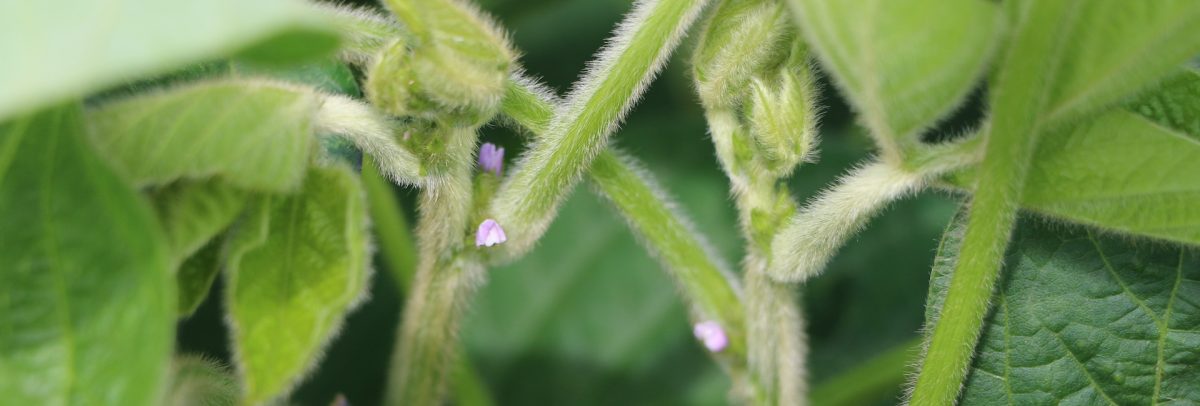
Badger Crop Doc has posted a new item, ‘Wisconsin Soybean White Mold Update – July 9, 2020’
If soybeans are flowering and the area between rows is filled in more than 50%, Wisconsin shows risk ranges from medium to high for the presence of apothecia and subsequent white mold development. The white mold fungus infects soybeans through open and senescing flowers, by spores that are born from small mushroom-like structures called apothecia.
Timing in-season fungicide sprays at the correct time during the soybean bloom period can be extremely difficult. To help solve this decision-making issue, models were developed at the University of Wisconsin-Madison in conjunction with Michigan State University and Iowa State University to identify at-risk regions which have been experiencing weather favorable for the development of white mold apothecia. These models predict when apothecia will be present in the field using combinations of 30-day averages of maximum temperature, relative humidity, and wind speed. Using virtually available weather data, predictions can be made in most soybean growing regions. To facilitate precise predictions and make the model user-friendly, we use Sporecaster smartphone application for Android and iPhone.
You may view the latest post at
https://badgercropdoc.com/2020/07/09/wisconsin-soybean-white-mold-update-july-9-2020/